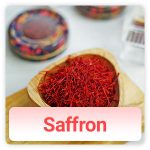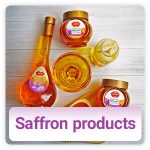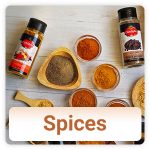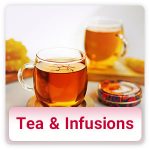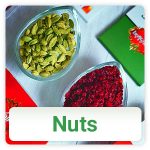What is Saffron?
The deep orange aromatic pungent dried stigmas of a purple-flowered crocus (Crocus sativus), which has been cultivated for thousands of years to be used by kings, pharaohs, and chefs alike for medicinal, aesthetic, and culinary purposes. Saffron is considered one of the world's most expensive spices because of the growing process. To obtain 1 kilogram saffron, there should be 150,000 to 200,000 saffron flowers.
Iran’s four season climate along with its incredible potentials to raise saffron in large amounts, makes it the best producer of saffron in the world. About 90% of the world’s saffron comes from Iran.


Saffron benefits
Types of Saffron


Super Negin saffron is the rarest and most expensive parts of saffron. It contains only the red part of saffron without any orange or yellow threads and known for its coloring strength and its aesthetic appearance
Red parts of saffron stigmas is called Negin Saffron that is longer than Super Negin. Negin Saffron has high coloring power and to compare with Super Negin it is less expensive.


Sargol saffron is extremely aromatic and powerful, it is often considered third in quality to Negin saffron aesthetically due to containing crumbs and broken threads.
Pushal Saffron is the combination of red part of saffron with a portion of cream (white part). It is harvested at the beginning of season.


Bunch saffron includes all part of saffron stigma, the yellow and red part of it. In comparison with Sargol, Bunch saffron is less expensive.
The Root of saffron or creamy part of saffron, is the lowest part of saffron flower. The white part of saffron has bright yellowish-white color and has no crocin- which cause the red color of saffron.

Quality Control?
Badiee Saffron puts quality first. We believe that the production of quality saffron is a real art, therefore, the attitude to all stages, from the farm to the arrival of the product to the final consumer, requires a careful and thoughtful approach. Our company have been established with perfect quality management system in accordance with ISO9001, and requirement with ISO22000 and ISO14000. From the moment a client place an order until the arrival of the product to the final consumer, we control our processes in their different stages, according to the International standards. The most important factore in Saffron quality measurment are: Crocin (color), Picrocrocin (Flaver) and Saffranal (odor). The higher the amount of these components, the higher the quality of saffron. The amount of Crocin, Picrocrocin and Saffranal in Saffron get clear through physicochemical tests (via Spectrophotometer) which are undertaken by our expert team in laboratory.
Category I | Category II | Category III | |
|---|---|---|---|
Color Strength (Crocin) | >200 | >180 | >150 |
Taste Strength(Picrocrocin) | >80 | >70 | >170 |
Aroma Strength (Safranal) | 20-50 | 20-50 | 20-50 |

